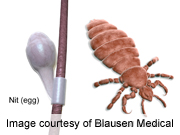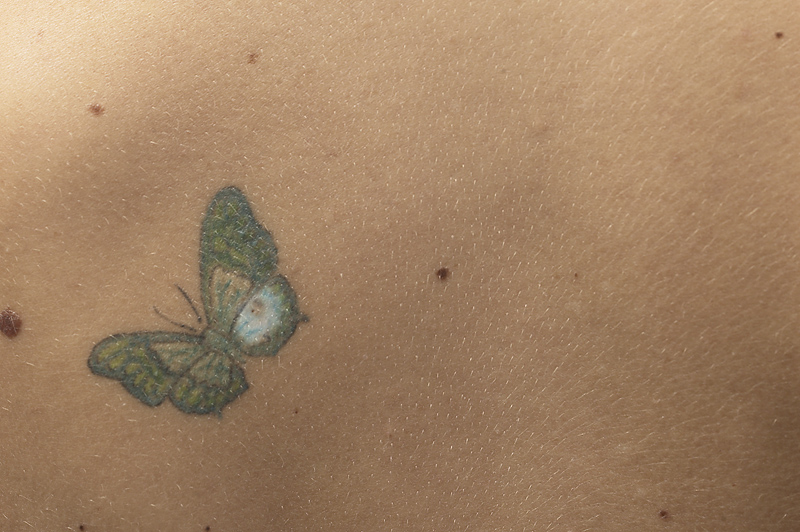
SATURDAY, Feb. 16 (HealthDay News) — It takes more than a specially formulated shampoo or lotion to get rid of head lice, according to an expert from the University of California, San Francisco.
Lice don’t fly or jump, so they spread when kids’ heads are close together, explained Dr. Paradi Mirmirani, a board-certified dermatologist and assistant clinical professor of dermatology. Mirmirani advised that anything that touches the head of a person with lice must be washed in hot water, including clothes, hats, sheets, pillowcases and blankets. She added carpets and furniture must also be vacuumed and non-washable items, like stuffed animals, should be sealed in a plastic bag for several weeks.
To get rid of lice, however, parents must first recognize the problem.
“See if your child has lice by sitting him or her under a bright light and separating hair into sections,” said Mirmirani in a news release from the American Academy of Dermatology. “Search each section for eggs — called nits — that look like tiny seeds attached to the hair. One quick way to recognize lice is that, in contrast to dandruff, the nits cannot be easily removed from the hair.”
Live nits are clear and can be found close to the scalp. Nits that haven’t yet hatched may appear yellow, brown or tan. Both nits and lice are usually found in the hair behind the ears and the nape of the neck.
Parents who discover head lice should wash their child’s hair with a shampoo or lotion that is formulated to kill lice. Usually these shampoos must be left in the hair for a few minutes before rinsing. Mirmirani pointed out that there are many anti-lice products and each has its own set of directions, which should be followed carefully.
Once the hair has been washed, the specially designed lice comb that comes with the shampoo should be used to remove the lice as well as the nits. The comb should continue to be used once a day for several weeks to ensure all the nits are gone.
After the initial treatment, Mirmirani added, the hair should not be washed again for a few days to allow the medication in the shampoo to keep working. Within a week to 10 days, the process may need to be repeated to kill any remaining nits that may have hatched.
Although anti-lice shampoos are necessary to get rid of lice, avoid lice-killing sprays, Mirmirani cautioned. These chemicals may do more harm than good, she explained.
Families should also avoid sharing hats, scarves, combs or brushes. If all of these steps are taken but lice keep coming back, it’s time to see a dermatologist.
“If your child or someone else in your family still has lice after a few weeks, it could be because the shampoo didn’t work,” said Mirmirani. “See a board-certified dermatologist for advice on further treatment. Some highly effective treatments for head lice are only available by prescription.”
More information
The U.S. Centers for Disease Control and Prevention has more about head lice.

